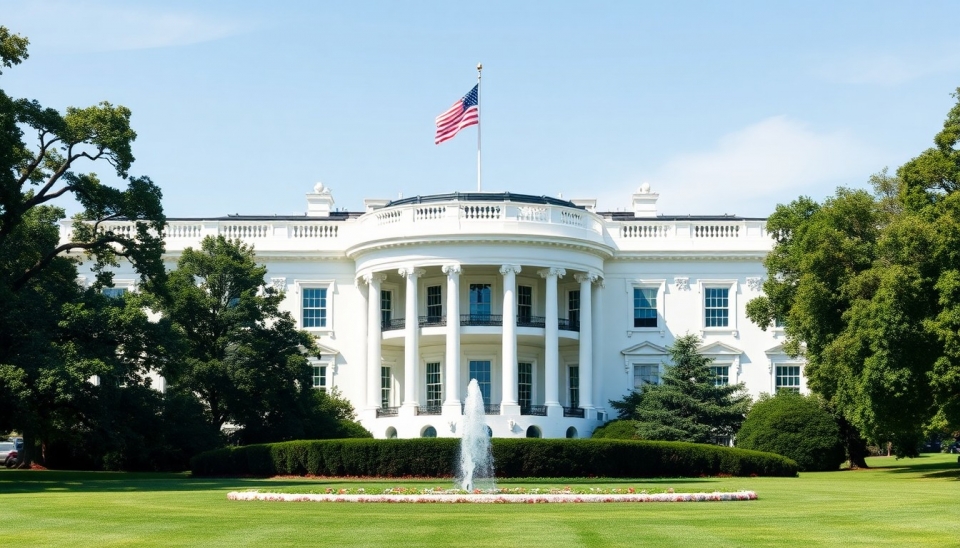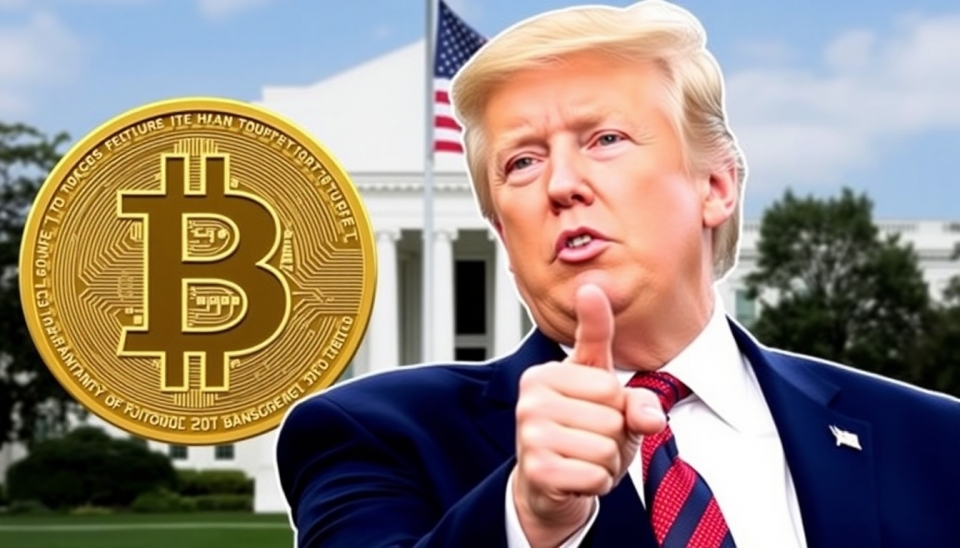
In a bold vision to rejuvenate American manufacturing, former President Donald Trump has long championed the idea of producing Apple’s iPhones domestically. However, significant logistical and economic barriers make this dream increasingly unattainable. Trump's aspiration, once a rallying cry during his presidency, has collided head-on with the complexities of global supply chains and the realities of modern manufacturing.
The notion of manufacturing iPhones in the United States, while appealing to national pride and job creation, is complicated by Apple's extensive supply chain. Currently, the majority of iPhone components are sourced from various countries, including China, where labor costs are considerably lower. As companies like Apple strive to maintain competitive pricing in a tightly contested smartphone market, shifting production to the United States could lead to exorbitant increases in retail prices, potentially driving consumers away.
Labor costs represent one of the most significant challenges to manufacturing in the U.S. Compared to Chinese factories, which benefit from lower wages and larger workforces, American workers demand higher wages and often come with additional benefits. For instance, while an assembler in China might earn a fraction of what an American worker does, the productivity and speed of assembly at such manufacturing hubs also have proved indispensable in keeping up with global demand.
Additionally, tariffs and trade policies introduced during Trump's presidency have left a complicated legacy. Although aimed at boosting domestic production, the impact of such policies has often resulted in trade tensions, which may diminish the very economic conditions necessary for large-scale manufacturing of consumer electronics in the U.S. Apple, in particular, faces a labyrinthine landscape of regulatory hurdles as it considers the cost-effectiveness of domestic production.
Despite some strides in localization—such as Apple investing $430 billion in domestic projects over the next five years—most analysts concur that we are far from an era of “Made in the USA” iPhones. Instead, Apple has emphasized a diversified manufacturing strategy, establishing production lines in India and other nations to mitigate risks associated with geopolitical tensions and supply chain disruptions.
Moreover, recent developments in technology and automation further complicate this equation. While advancements allow for increased efficiency and may provide some support for domestic production, the sheer scale at which Apple operates necessitates a global orchestration of resources that may lack feasibility if confined strictly to U.S. soil.
In conclusion, while the sentiment behind Trump's vision resonates with many who long for the return of robust American manufacturing, the practicalities suggest that producing iPhones in the United States remains an elusive dream. The interplay between consumer expectations, cost considerations, and the current geopolitical and economic landscapes renders this goal highly unlikely in the near future.
In a world that increasingly values efficiency and cost-effectiveness, the “Made in America” narrative surrounding iPhones may remain just that—a narrative, rather than a production reality.
#Trump #iPhones #MadeInAmerica #Apple #Manufacturing #Economy #GlobalSupplyChain #TechNews
Author: John Miller




